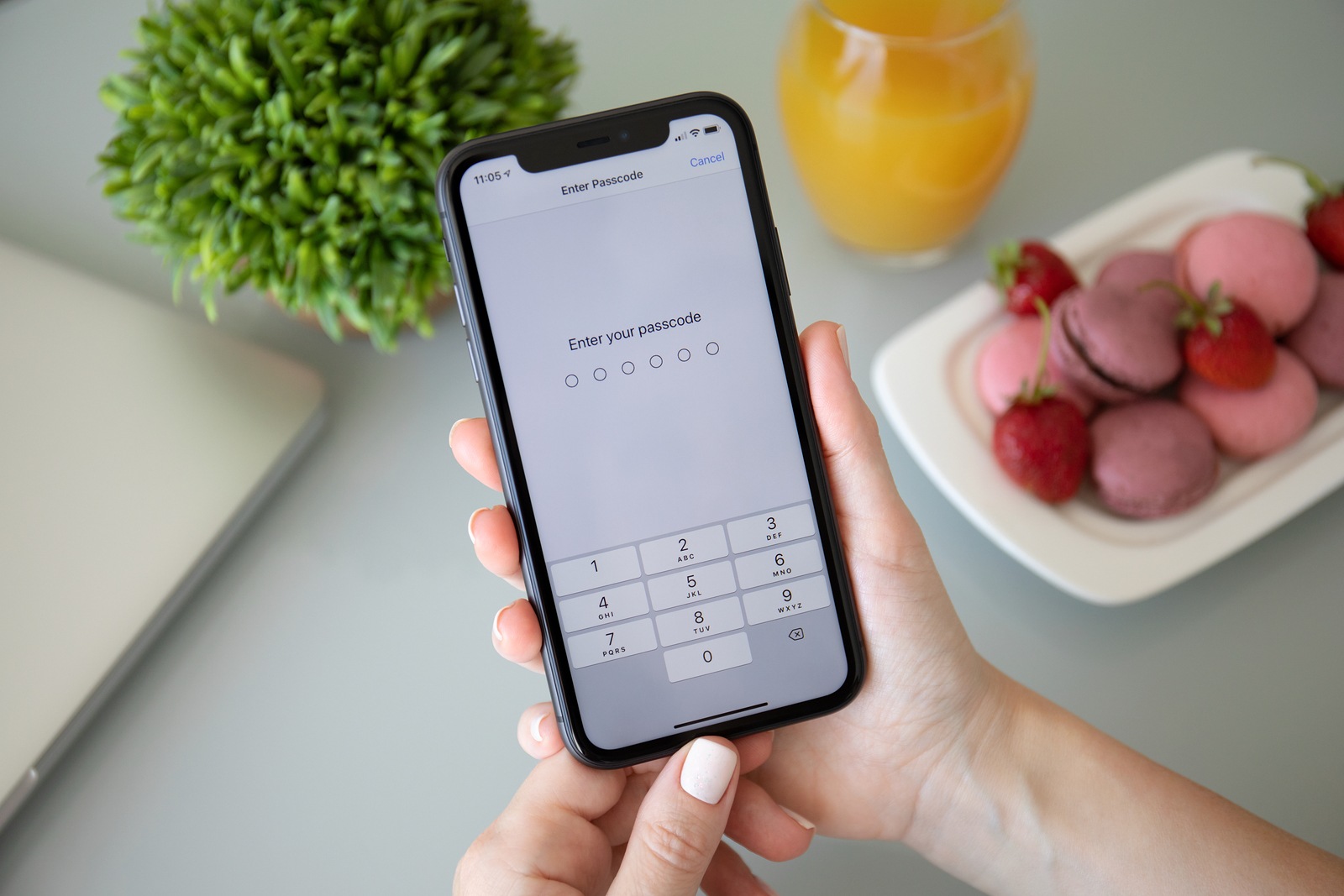The iPhone 12 series will consist of four devices in three sizes. However, only two devices will be launched as the iPhone Pro. Now there are new details on the specifications of the OLED screens.
The display analyst, Ross Young, has broken down the screens of the iPhone 12 series on his website "Display Supply Chain Consultants" and provided new details. While there have already been some rumors, he has now shed light on the specifications.
The iPhone 12 display with 5.4-inch
According to the report, the 5.4-inch iPhone will have an OLED display based on Samsung's Y-OCTA touch technology. This would accommodate the touch module directly in the OLED panel, which is why an additional layer is no longer necessary. The use of this technology enables a thinner display overall - the production costs should also benefit from "Y-OCTA". According to Young, the resolution of the device is 2340 x 1080 pixels and has 475 PPI.
The iPhone 12 Max with 6.1-inch
The normal Max version of the iPhone 12, on the other hand, will have a flexible OLED panel from BOE and LG Display. It will be equipped with an additional touch sensor and have a resolution of 2532 x 1170 and 460 PPI.
The iPhone 12 Pro with 6.1-inch
The higher-end iPhone 12 Pro will also come with a flexible OLED display, but it will be made by Samsung. According to Young, the screen will be able to display 10-bit colors and therefore have true-to-life colors and a greater variety of color gradations. According to his information, however, it will not be available via Samsung's Y-OCTA technology have. The resolution is said to be 2532 x 1170 and 460 PPI. According to the display analyst, Apple could possibly install an extreme dynamic range (XDR), which could offer a screen brightness of 1,000 nits - the peak brightness could even reach 1,600 nits. As he explains in his Contribution:
There are rumors that Apple is linking XDR (extreme dynamic range) compatibility to the iPhone 12 series. XDR performance on its monitors is stated by Apple as 1,000 nits full screen brightness, 1,600 nits peak brightness, 1M:1 contrast, 10-bits color and ~100% P3 wide color gamut. So far, Samsung Display on smartphones has only achieved 1,342 nits peak brightness and a full screen brightness of 828 nits. So if Apple uses XDR, the XDR specifications for brightness will have to be changed. Given the lower black levels in its OLED smartphones compared to its XDR monitor, the contrast on the smartphones should actually be higher. In fact, DisplayMate measures Samsung Display's latest OLED contrast ratios as infinity in low ambient light.
Later on, Young also confirmed rumors that the iPhone 12 could be released with a 120Hz ProMotion display. However, the energy-saving LTPO technology is not expected to be used.
The iPhone 12 Pro Max with 6.7-inch
Regarding Apple's flagship device this year, the iPhone 12 Pro Max, the analyst explained that the device will feature a 6.68-inch display and offer a resolution of 2778 x 1284 at 458 PPI. Young believes that this model will get Samsung's Y-OCTA support, 10-bit color and XDR capabilities. It will also feature 120 Hz ProMotion technology.
Delayed start to screen production
The display analyst also claims to have learned that production of the displays will start around six weeks later than previously planned. This means that production of the screens will most likely start at the end of July. The COVID-19 crisis is said to be responsible for the delay. The iPhone 12 series is expected to be unveiled in September as usual, but the market launch could start around October or November. You can find more iPhone 12 rumors in our extensive archive. (Photo by Fedcophoto / Bigstockphoto)





